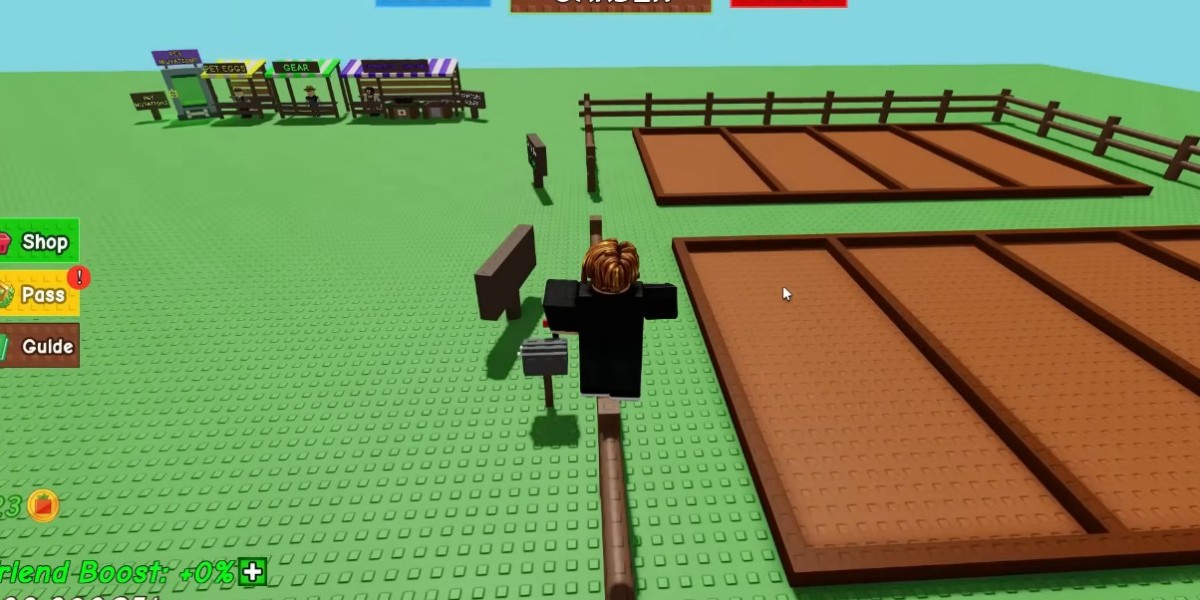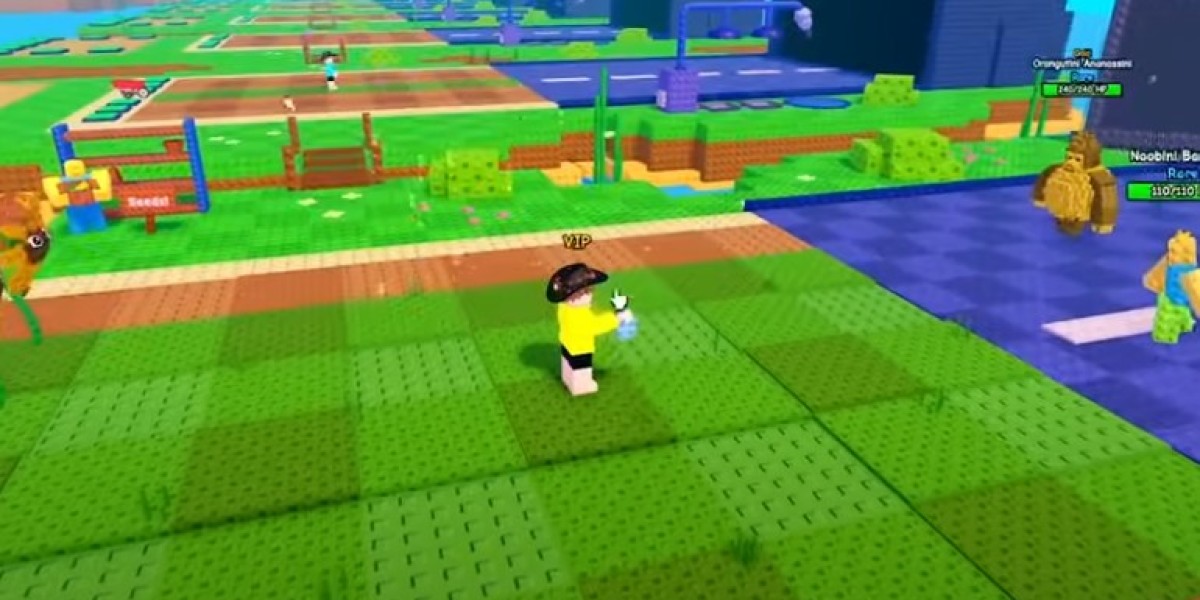If you’ve spent any time digging around the soil in Grow A Garden, you’ve probably noticed how quickly Shroomies turn from simple little sprouts into some of the most interesting creatures in the whole game. Their value can jump a lot depending on how you mutate them, and knowing the right paths can save tons of time and resources. Below is a clear, easy breakdown of what affects Shroomie value, how mutations work, and which routes I’ve found the most reliable after many hours in the garden.
What Affects a Shroomie’s Value
A Shroomie’s overall value mainly comes from three things: base species tier, mutation rarity, and synergy with other plants or pets around it. The base species determines its starting stat range, and that part you can’t change. What you can control is how you guide mutations and the environment you place them in.
Some players overlook environment bonuses, but they add up fast, especially once you start stacking multiple mutated variations in the same patch. For example, placing certain plants that boost growth rate beside your Shroomie lets you reach mutation checkpoints much faster. When I was still learning the system, I didn’t pay enough attention to synergy at all. Once I finally started planning layouts intentionally, the value of my Shroomies climbed much more consistently.
Understanding Mutation Checkpoints
Shroomies mutate at predetermined stages. These checkpoints vary a bit depending on species, but most common ones hit at early, mid, and late growth. At every checkpoint, you’ll get mutation options influenced by environment, feeding choices, and luck. Think of it like branching paths. If you choose something aggressive early on, you might lock yourself out of supportive or utility-focused branches later, so planning ahead matters.
I personally like using low-cost setups for the first few stages so I can roll mutations quickly and reset if the path feels wrong. Resetting feels painful at first, but it’s honestly one of the most efficient parts of progressing. Once you learn what leads to top-value transitions, those resets feel more like shortcuts than lost progress.
Top Mutation Paths to Aim For
While the best path depends on what you want your Shroomie to do, a few lines consistently hold higher market or trade value. These include high-efficiency gatherer builds, glow variants with stacking synergy, and the rare elemental hybrids unlocked through multi-stage condition setups.
The gatherer variant usually comes from boosting energy efficiency early, then reinforcing yield at the second mutation point. Glow variants need light-based plants nearby, and if you get lucky, they snowball into some of the most visually striking forms in the whole garden. The elemental hybrids require more precise conditions, like feeding specific catalysts in a certain order. They take more patience, but the payoff is huge when you land the final mutation.
How Pets, Environment, and Routine Matter
One thing new players often overlook is how pets affect garden stats. If you’ve tried out different grow a garden pets combinations, you’ve probably noticed some give subtle buffs that stack over time. Even a single pet that boosts mutation odds can shift your entire progression forward by several sessions. Just avoid overthinking it. Pick one or two pets that support your style and stick with them while you’re learning.
Daily routine also matters more than players expect. A quick round of watering, clearing weeds, and checking synergy placement can cut down mutation time significantly. I used to log off as soon as I planted something, and then wonder why my Shroomies weren’t mutating as fast as other players’ were. Consistency turns out to be a hidden superpower in this game.
Resource Planning and Trading Tips
Higher-tier mutation items become resource-hungry really quickly. If you’re trying to optimize your garden long-term, start stockpiling basic materials early so you’re not scrambling when you hit a rare mutation checkpoint.
Some players also like using third-party trading communities such as U4GM when comparing values or planning trades with other players. Even if you don’t trade much, browsing values gives you a good reference point for how different mutations stack up in the wider community. It helps you decide which Shroomie variants are worth investing extra time and materials into.
Using Shops Wisely Without Overspending
When you’re still learning the mutation system, it’s easy to overspend because everything looks helpful. The game’s shop makes it tempting to grab boosters, catalysts, and cosmetic items all at once. But if you’re aiming to grow Shroomies efficiently, try focusing first on items that directly increase mutation odds or reduce growth time.
If you prefer browsing actual player-run or fan-supported stores, you might come across the Grow A Garden items shop online store tag used in community discussions. These kinds of references usually point to marketplaces where players talk about gear or compare notes. Whether or not you buy anything, they’re pretty helpful spaces if you want to see how other players build out their gardens.
My Favorite Low-Stress Mutation Route
If you want something simple to get started, here’s a path that helped me a lot when I was still figuring things out.
First, focus on boosting stability early. Stable Shroomies mutate less chaotically, which means fewer unwanted branches. Next, place plants that give mild growth-speed buffs around the patch. Finally, feed a small catalyst just before the mid-tier mutation checkpoint. This almost always leads to a clean utility-based mutation path that keeps value consistent even if you don’t land the rare final variant.
It’s not the flashiest path, but it’s incredibly reliable. And honestly, when you’re new to mutation systems, reliability is worth more than sparkle.
Shroomies are one of the most rewarding parts of Grow A Garden once you start understanding how the mutation paths work. They’re flexible, fun to experiment with, and the payoff feels great when you finally grow a rare form after days of nurturing. Just remember that environment, pets, and your own routine matter just as much as mutation choices.








